25 Postures and gestures of dog body language
Understanding the meaning of canine communication
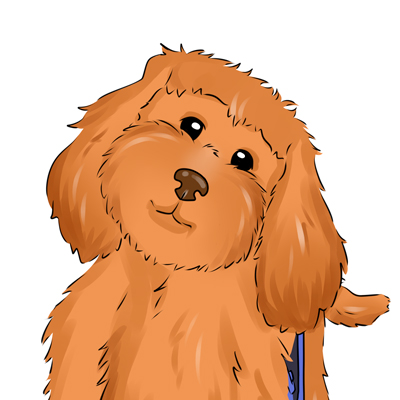
DOGS' BODY LANGUAGE COMMUNICATION
Reading time about 15 minutes
The dog is a gregarious animal in its social behaviour, it needs to interact with other individuals, and for this reason it has developed different gestures and postures to be able to express what it feels and what its intentions are in order to live together in a community.
In this article we will review the meaning of the most expressive postures in the body language of dogs and how the tail and the ears influence the dogs' canine communication.
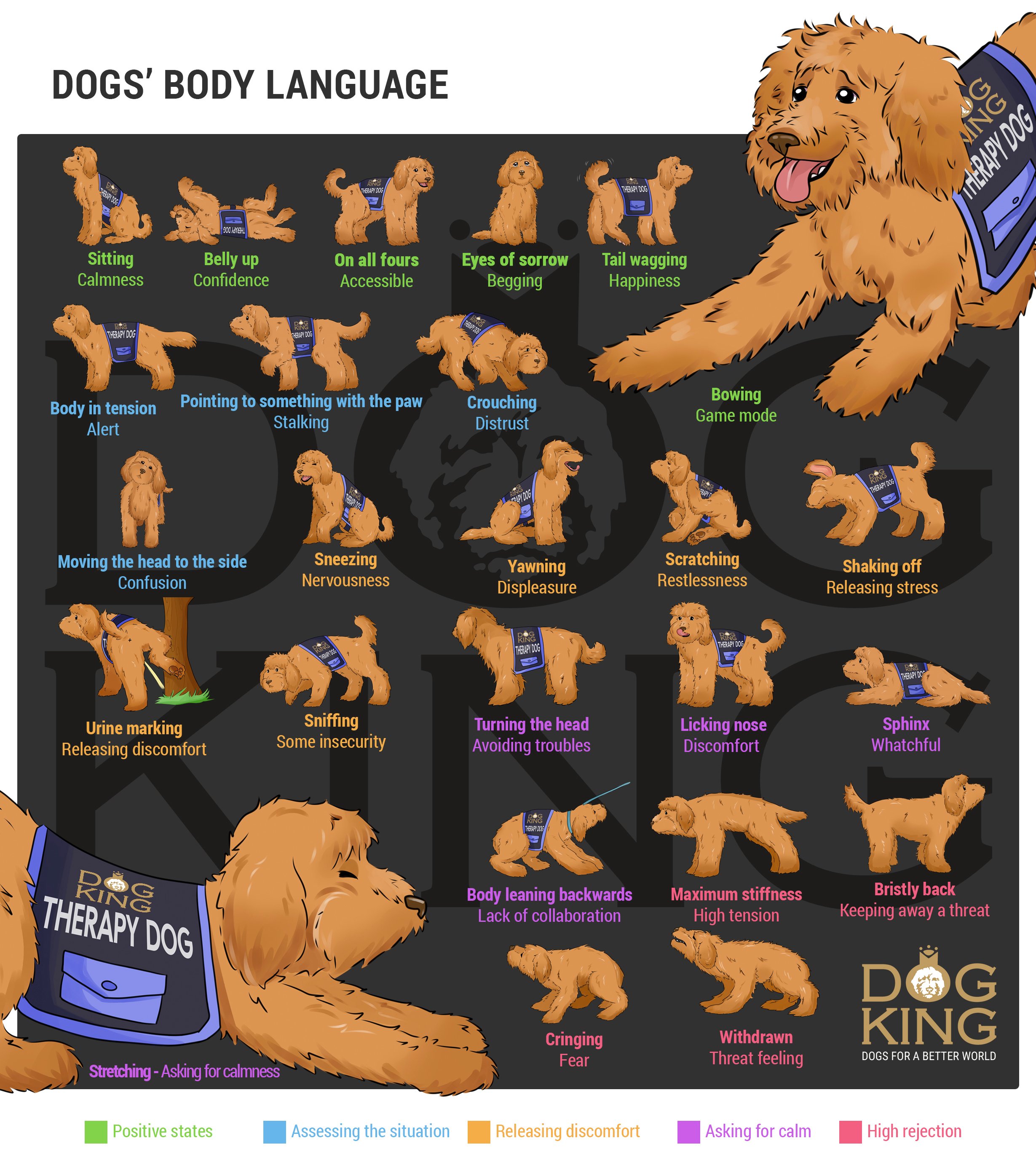
Table of contents
2- The meaning of the 25 most typical dog postures:
3- Dogs' communication through the tail
4- Dogs' language through the ears
5- Tail docking and ear cropping
How dogs communicate
The dog's gestural language is very similar to that of the wolf. However, the dog's facial features, the size and shapes of its body, and the hair coat length have changed so much in the dog that it is now much more difficult to recognize gestures.
Dogs have the same skills and the same social rules as wolves to communicate and avoid conflicts, although the behaviour of wolves is much more intense given the characteristics of their habitat and their living conditions. Dogs aren't normally in the same danger as wolves, so they don't need to magnify their gestures and their expressions are more subtle and delicate.
The meaning of the 25 most typical dog postures
We have created 25 illustrations inspired by our Australian Cobberdog therapy dogs to represent the most characteristic dog postures, although some, the ones that show aggression, are especially difficult to see in an Australian Cobberdog since they are very peaceful dogs. The interesting thing is that through these images we can show what the body language of the dogs is like in a long-haired, floppy-eared breed, which makes their gestures much more subtle than in breeds more similar to wolves.
Dog posture 1: Bowing - Game mode
A dog who wants to play, its basic invitation is to bow by bending its front legs and crouching half its body, while the hind legs are kept straight. The dog's tail will be up, and wagging from side to side while its mouth remains open with its tongue out. This posture may be accompanied by excited barking or playful attacks and withdrawals. This set of canine body positions may be used as a kind of signal to indicate that any previous tense behaviour isn't understood as a threat or challenge.
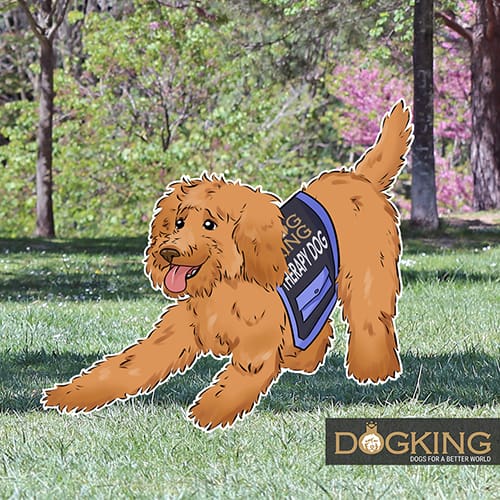
Dog posture 2: Belly up - Confidence
The dog is so carefree that it doesn't hesitate to show its belly to the person who is petting it. The dog may also show its belly while playing. Many confident dogs, especially puppies, adopt this posture to play from the ground. It is a posture that reflects a deep trust as the dog is completely exposed.
Not to be confused with a similar posture that shows intense terror: the dog also shows its belly but has its tail between its legs and head to one side and eyes closed while standing still. It is a dog's way of surrendering to what it sees as a threat of death.
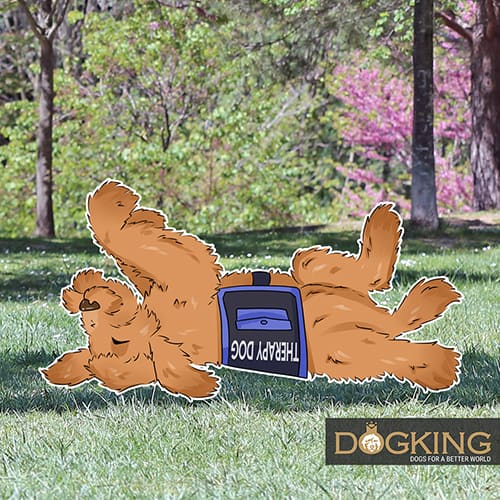
Dog posture 3: Sitting - Calmness
The dog is relaxed, watching. Its ears are relaxed, as well as its tail, its gaze is calm and it has no intention of taking any action. This is a posture dogs often adopt when they aren't part of the action that is happening around them and they are simply behaving as spectators to something that isn't unusual. They may also adop this posture when they are waiting for their owner to finish doing something.
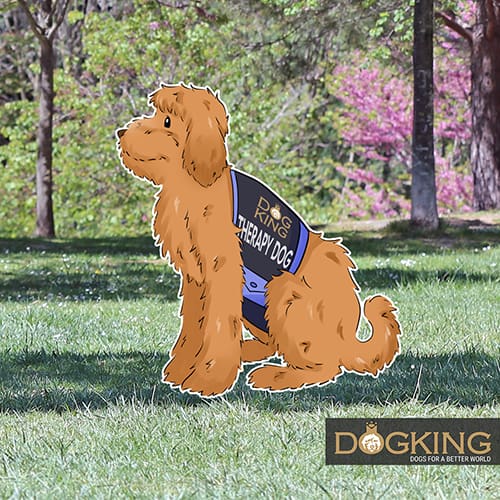
Dog posture 4: On all fours - Accessible
The dog is calm and confident, and standing on all four legs is probably waiting for you to interact with it, and if this doesn't happen, it will take the initiative. Usually, when a dog is relaxed and calm, anyone can tell by its relaxed posture and the neutral expression on its face. Its ears will be in the normal position for each breed, its tail will hang rather low, its mouth slightly open and tongue out if the dog tends to pant, and its body in general won't appear to be bent or stretched. The eyes may be half closed and the muscles of the neck and nose will appear relaxed. The dog is relaxed and doesn't feel threatened by the surrounding environment and the interaction will be easy.
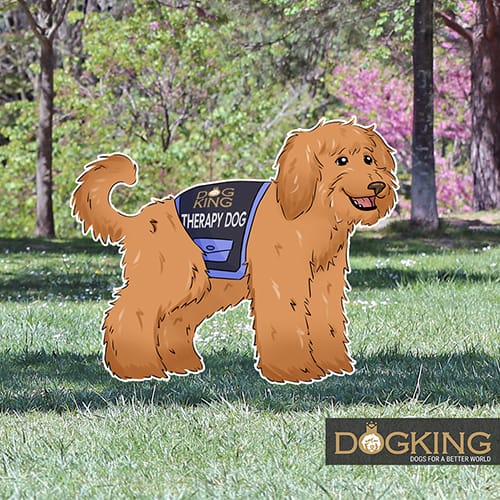
Dog posture 5: Tail wagging - Happiness
The dog wags its tail energetically as it moves forward and has open but relaxed eyes, its head held high, ears pricked, and its mouth open and relaxed. It shows enthusiasm for an event which pleases it. Tail wagging shouldn't be mistaken as a synonym for joy, as the dog's intention is reflected in the rest of its gestures. The dog may also wag its tail in excitement when it is in protective mode or before an attack. In these cases, the dog will wag its tail while showing tension in its body.
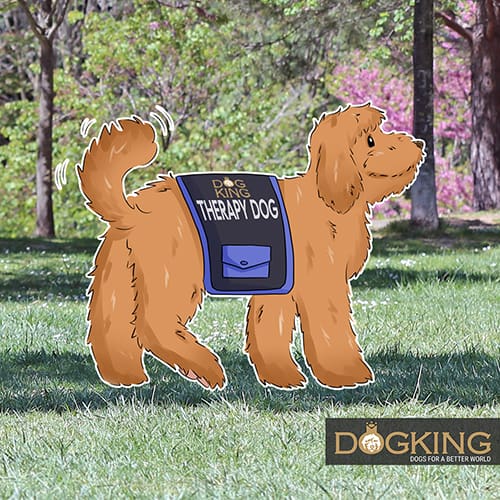
Dog posture 6: Body in tension - Alert
The dog has detected something unusual, although it doesn't look like a threat. It is on all fours with its tail raised, ears pricked and mouth closed. It is assessing the situation and deciding what to do. Its subsequent reaction may be positive (it detects that the unusual thing is harmless and approaches or relaxes again) or negative (it detects that it is a threat or something it can't identify and becomes defensive by barking or stalking).
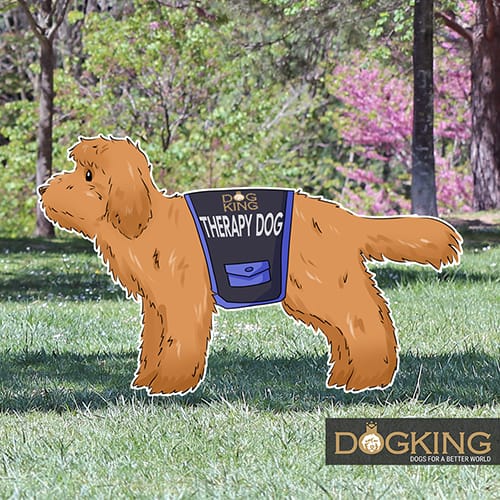
Dog gesture 7: Pointing to something with the paw - Stalking
The dog assumes a posture of maximum attention to something unusual. Its tail is tense, its paws are ready to start a race (hunting) or run away, one of its paws is raised pointing towards the source of its attention, its mouth is closed and its ears are pricked forward. This posture reveals an evaluative situation where the dog is feeling especially strange and needs to concentrate.
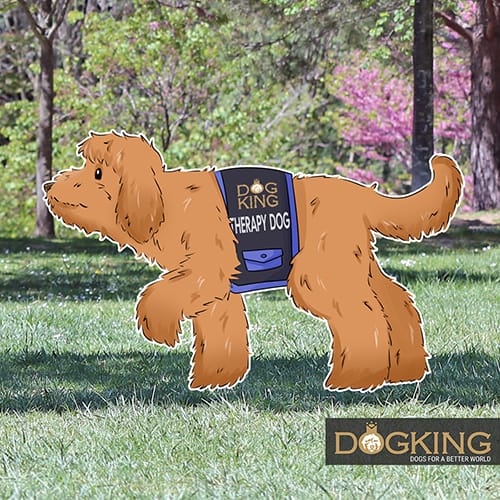
Dog posture 8: Sphinx - Whatchful
The dog lies on the ground, but with tension. It is attentive with its ears pricked and ready to stand up if it feels it is necessary. Dogs generally adopt this posture when another dog approaches them and they want to show their non-confrontational intent by lowering their hierarchy to the ground. They may accompany this posture with backward head turns or nose licking.
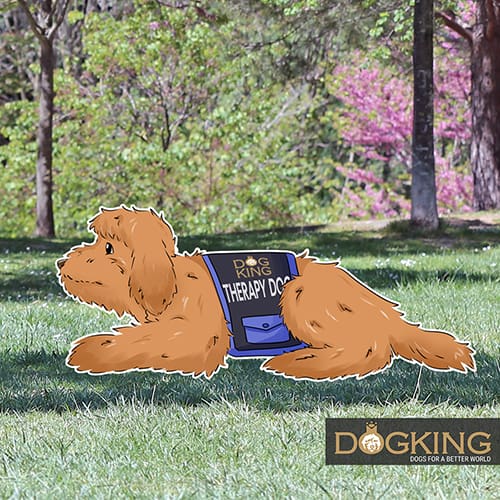
Dog gesture 9: Moving the head to the side - Confusion
The dog may be standing or sitting and the most characteristic feature is its head tilted to one side and its ears pricked. The dog is witnessing something that it is trying to understand, something unusual that it can't make sense of. It could be a strange attitude from its owner, a striking and oscillating sound or something that moves erratically. The dog doesn't feel threatened but doesn't know how to act either.
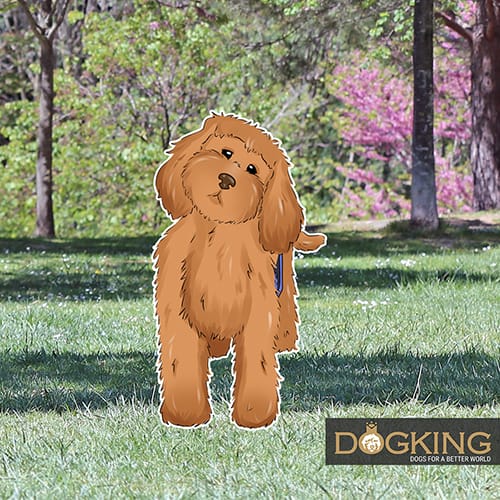
Dog gesture 10: Eyes of sorrow - Begging
This posture is typical when the dog is asking you for food, but it may also be used to express its desire to be thrown a ball, taken for a walk or anything else it wants. The dog sits and looks at you with pricked ears and eyes wide open, revealing the whites of its eyes. This is usually a gesture they only use with humans to beg for something.
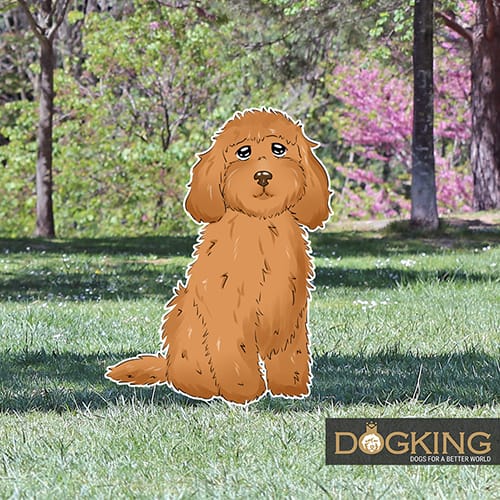
Dog posture 11: Crouching - Distrust
The dog moves with its body and head down, ears forward with full attention to what is moving. Something has caught its attention and it wants to find out what it is. It doesn't seem threatening enough to stay out of the way, but it isn't sure what it is going to find either. If the thing it is approaching moves or does something unexpected, it is very likely to run away or, on the contrary, to seize it depending on the temperament and situation of each animal.
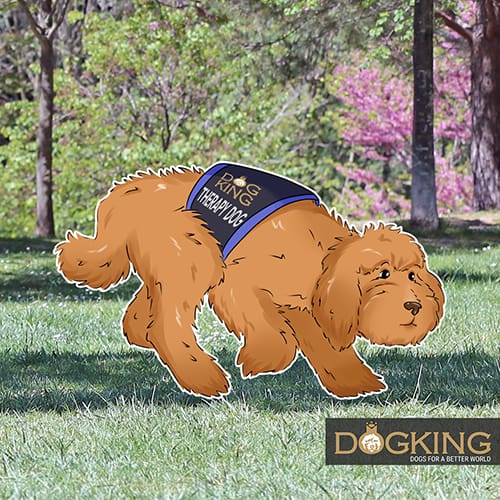
Dog gesture 12: Sneezing - Nervousness
This may not seem like a gesture or posture to you, but it is often a way of communicating a dog's nervousness. It is very common when the dog goes to the vet, or to the groomer. Also when the time to get ready to go outside is too long. The dog gets nervous and sneezes. Of course, sneezing may also be a symptom of a cold. If you think that your dog is in a situation that could make it nervous and it hasn't sneezed before, this means that it doesn't have a cold.
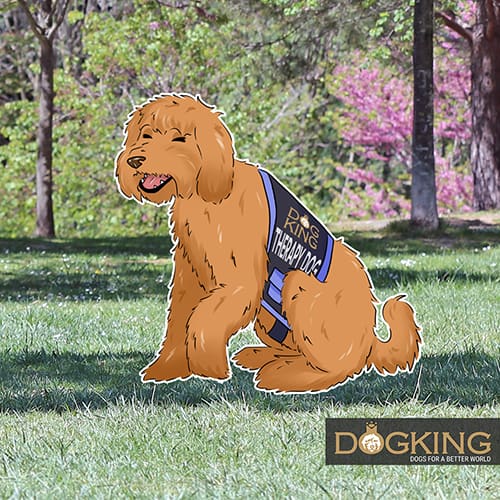
Dog posture 13: Stretching - Asking for calmness
When a dog stretches by extending its front legs and throwing its weight onto its hind legs which are held up, it may simply want to move its muscles after a nap, but if it occurs during a situation where the dog is uncomfortable what it is doing is trying to express to another dog or human that it doesn't want any trouble and it is its way of saying "relax." This gesture may be combined with a yawn to show more effusively its intention of not wanting any trouble.
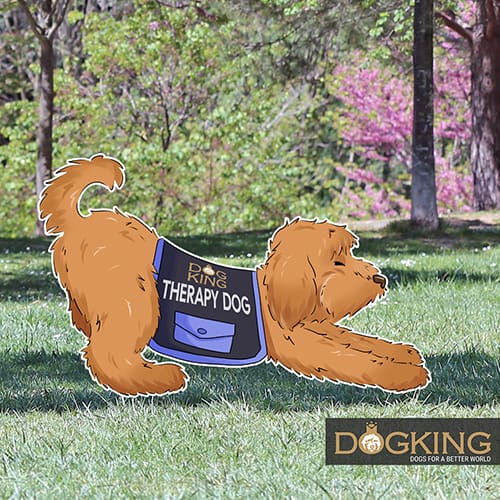
Dog gesture 14: Licking nose - Discomfort
Licking their nose is something dogs do frequently throughout the day, as keeping it moist is beneficial to their sense of smell, if this gesture occurs during a situation that makes the dog uncomfortable, it may express just that. It is also a way of communicating to another dog or person that it doesn't want any trouble, and that the situation should be relaxed. This gesture usually appears when a dog detects another, stares at it and communicates its intention of non-conflict with its tongue. Although you may also see it when there is a lot of noise around it and it wants to leave, when a lot of people are touching it, or any other situation that may make it uncomfortable.
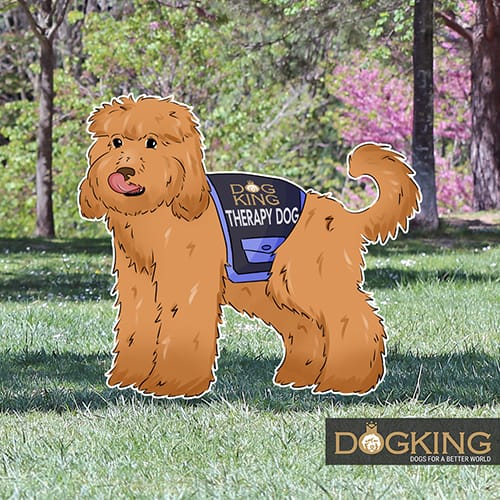
Dog gesture 15: Shaking off - Releasing stress
Dogs often shake, after getting out of the water or after a nap, but if you see your dog doing this during a time when it has been nervous, what it is doing is redirecting the stress generated by the situation and releasing it with this gesture. Sometimes, if the situation makes them very nervous, they may shake themselves compulsively as they are unable to calm down by shaking themselves and try insistently doing it again.
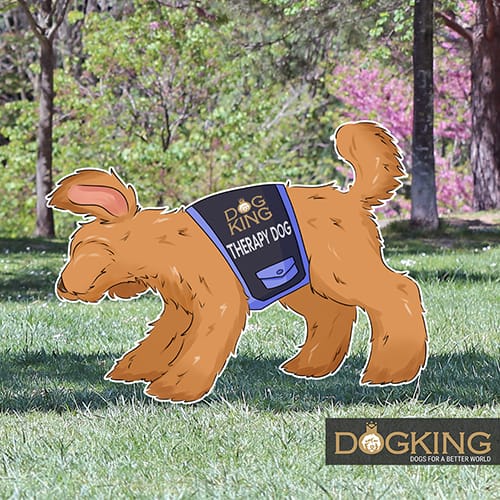
Dog Gesture 16: Yawning - Displeasure
A dog may yawn out of sleep, but it is a gesture it often uses when something makes it uncomfortable, displeases it, or makes it feel insecure. Dogs yawn to communicate that they don't like the way things are going, and to express to the other dog or person that they need to calm down. Like shaking, it is also a stress-relieving gesture.
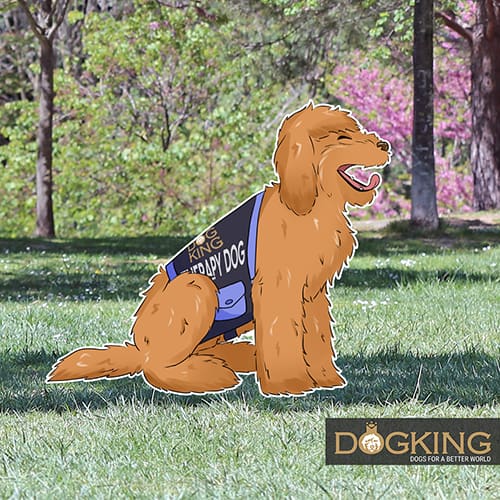
Dog posture 17: Body leaning backwards - Lack of collaboration
When a dog throws all its weight back by withdrawing, it shows a high level of insecurity towards what is happening and it would probably have run away from the place by now, if it had the chance to do so. This is a typical posture of puppies when they encounter something new. If your dog is on the leash and takes this posture, it is clear that what you want it to do is something that it doesn't want under any circumstances. For example, you may see it do this if you insist that it meets another dog that it is afraid of, if you are trying to bathe it, or if it is afraid of firecrackers and you want to take it outside.
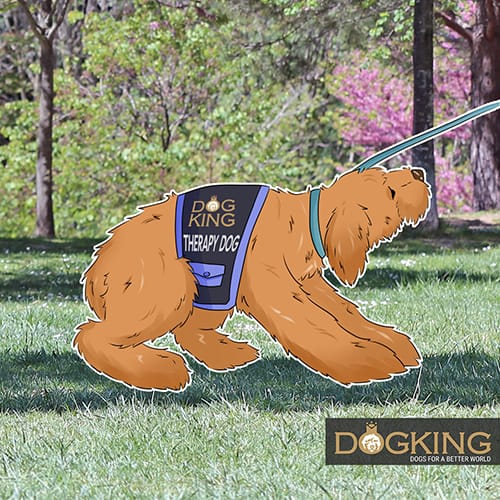
Dog gesture 18: Scratching - Restlessness
Of course, dogs may be calm and at the same time they want to scratch themselves. But if the dog is in a stressful situation, it is likely to scratch itself, sometimes compulsively. It is similar to when humans are in an uncomfortable situation and we scratch the back of our head, or our nose. It reflects unease about the situation. For example, if your dog is nervous about waiting while you prepare its food, you may notice that it starts scratching. It is probably channeling that nervousness of waiting for something it wants so much.
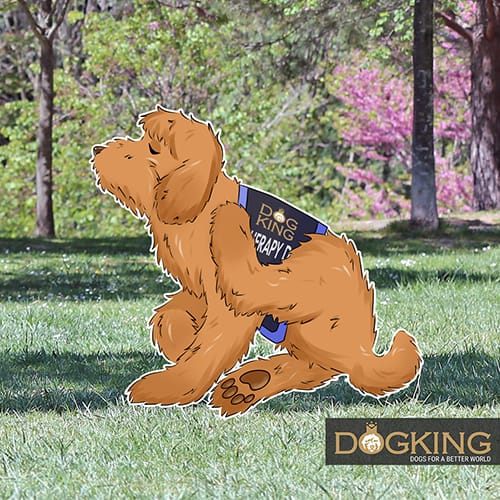
Dog gesture 19: Turning the head - Avoiding troubles
When a dog intentionally turns its head back, it is looking away to express that it doesn't want any trouble. It is a gesture of appeasement towards another dog which is in a dominant attitude or towards a human who is intimidating it. This gesture is usually accompanied by others, such as nose licking, yawning and scratching. It is very common to see it when a dog stares at another dog approaching it and suddenly turns its head and then looks back.
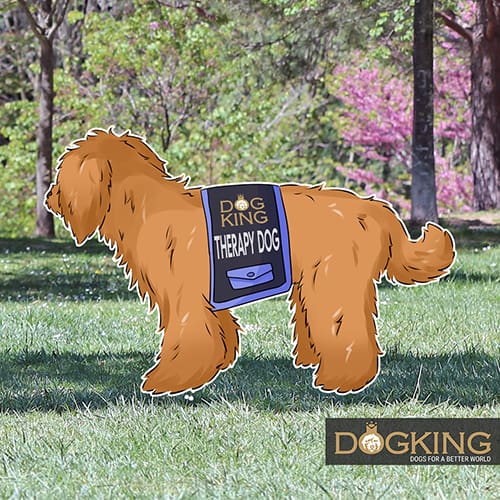
Dog gesture 20: Sniffing - Some insecurity
It is a gesture that the dog uses in a similar way to scratching. The situation makes it uncomfortable and insecure, and by sniffing it channels that stress. As dogs sniff very often, the most obvious way to see this signal as a form of body language is when it occurs in isolation in a situation where it makes little sense for the dog to need to sniff the ground. For example, when it notices another dog approaching it and is very alert to it and suddenly its head goes down to sniff the ground. There is no point in redirecting its attention to another scent when its focus is on the other dog. Clearly the dog is channeling its unease at the unknown dog.
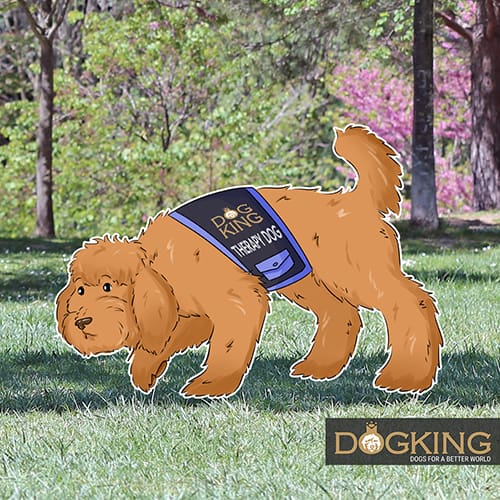
Dog gesture 21: Urine marking - Releasing discomfort
This is a gesture that male dogs tend to make when they meet another dog. Like sniffing, marking with urine isn't a need that arises at that moment but is more an impulse that reflects its discomfort with the situation of meeting a dog that it doesn't know how it is going to react. By marking, on the one hand it is releasing stress, and on the other hand it is making a statement of intent to the other dog.
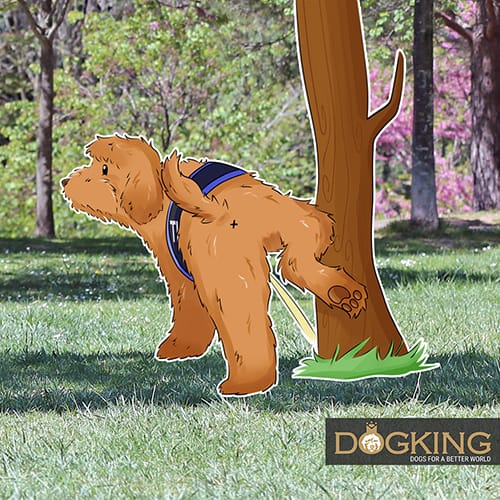
Dog posture 22: Bristly back - Keeping away a threat
When the dog detects something threatening, the fur on its back may instinctively stand on end, just as we do when we get goosebumps. The dog's head is shown with its head stretched towards the threatening thing, its tail is also stretched out, its ears are pricked forward and the hairs on its back are rised to form a crest (which is best seen in short or medium-haired dogs). It seems that with this effect, the dog appears bigger and thus has a better chance of deterring the threat to leave.
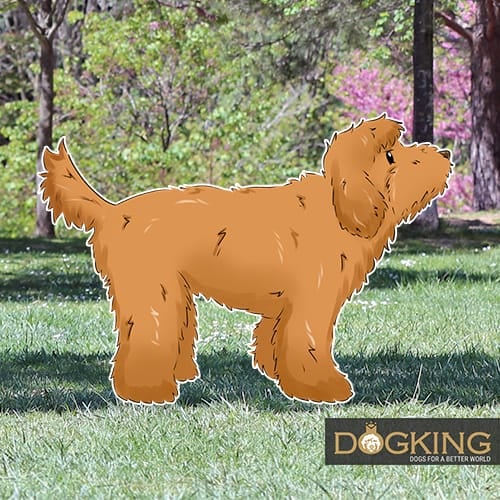
Dog posture 23: Maximum stiffness - High tension
A self-confident dog, if it is trying to exert some kind of authority or to dominate another dog or human, will try to appear to the other dog to be as big and strong as possible, with ears pricked, hair standing on end, head and neck straight and body generally slightly arched and ready to attack. If it also holds its tail up, frowns, and bares its teeth, it isn't only expressing social dominance, but is also threatening the potential danger and may act aggressively if challenged.
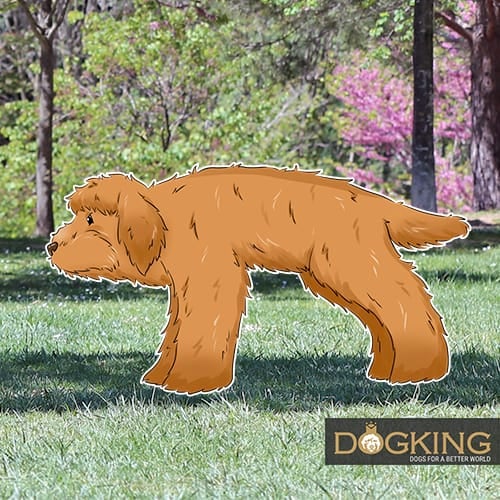
Dog posture 24: Cringing - Fear
A dog that is fearful of another dog or person will have a puppy-like face, trying to be as round as possible, with its ears back, smoth forehead and indirect eye contact. Its body will be lowered, tail between its legs, and it may raise a paw. It is likely to sweat and leave sweat trails on the ground. It may also urinate. These signals are designed to appease the individual who is of higher social status than it or dogs that may be perceived by it as a potential threat, in order to avoid any further challenge or conflict.
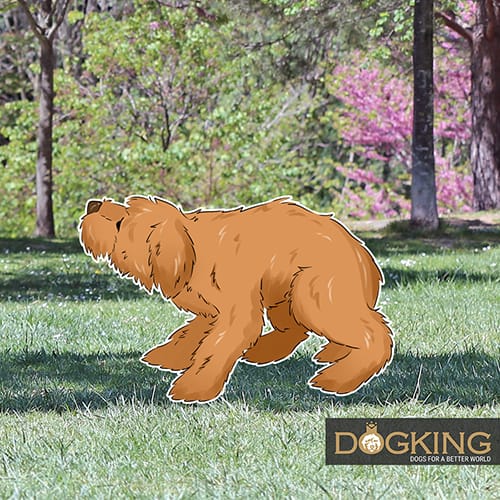
Dog posture 25: Withdrawn -Threat feeling
When a dog is frightened but not submissive and may attack if challenged, it shows itselft with its coat frizzled, body lowered, ears back, nose wrinkled, teeth visible, corner of the lips turned back, and tail tucked between its legs. A dog usually gives these canine body signals when it comes face to face with the person or animal that is threatening it. If the threat doesn't cease, it is likely to attack.
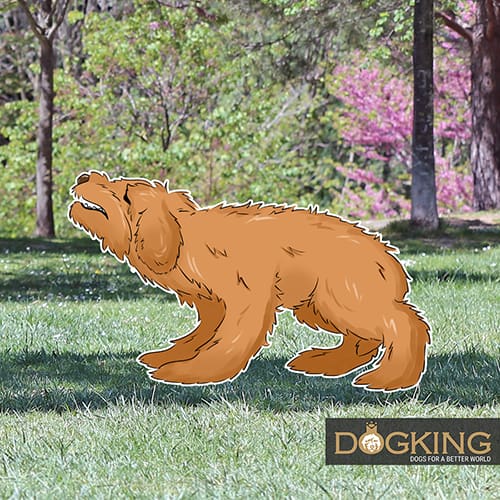
Dogs' communication through the tail
The dog's tail clearly expresses the dog's mood and intentions although its wagging is an often misinterpreted signal. Most people believe that a wagging tail means only that the dog is happy, and this is often the case, but some dogs also wag their tails when they are nervous, overexcited, and frustrated.
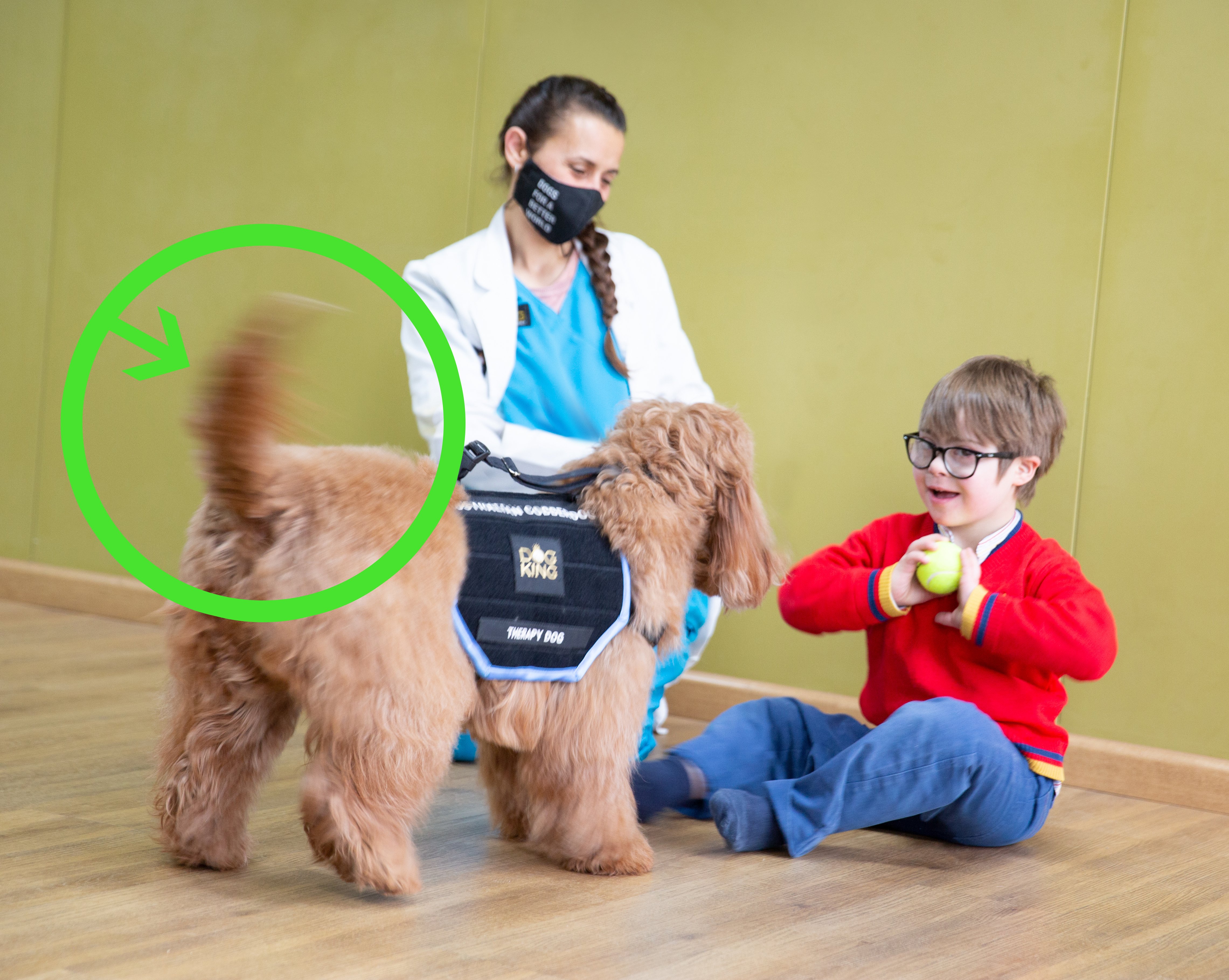
A dog's tail may wag 6 different ways to communicate:
- Tail raised: A confident or excited dog will hold its tail high in the air, allowing the scent from the anal glands to circulate more freely and announce its presence.
- Tense tail wagging: A dog that is wagging its tail, but barking with a defensive body posture, tense face, and rigid eyes staring, is overly excited and frustrated, which means its space shouldn't be invaded.
- Tail held low or between the legs: Indicates a lack of confidence, nervousness or fear.
- Tail held high but wagging more slowly: Means that the dog is assessing a situation.
- Tail stretched out and curled: Means that the dog is tense and ready to take offensive or defensive action.
- Tail wagging in circles: Like a helicopter and is accompanied by a relaxed fluid body movement and a lower swinging indicates a sign of friendship and a willingness to participate.
Dogs' language through the ears
Another very important element in the body language of dogs are the ears. Together with the tail, the ears express the state the dog is in and, unlike the tail, they don't usually move deliberately to communicate to another individual, but are a reflection of how the dog is feeling. To draw a comparison with humans, ears are to dogs what eyebrows are to people.
Some dogs have pricked ears, like wolves, and others have floppy ears like the Australian Cobberdogs. In the first case, it is usually easier to visualize the different positions and movements made by the ear, but if the dog has floppy ears, we must look at the beginning of the ear, which will be the one that marks the movement.
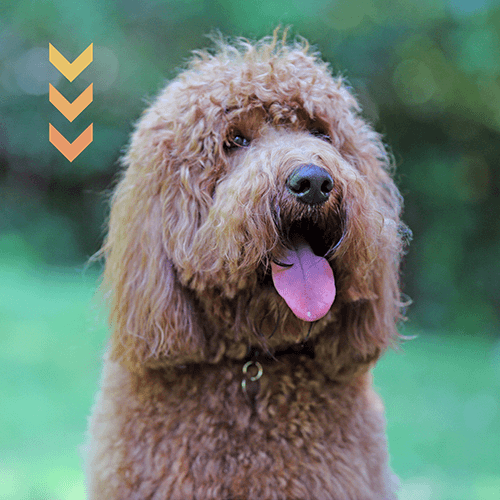
Dogs' ears can have 3 positions and each one has a different meaning:
- Ears forward: It means that the dog is attentive or alert. It is probably analyzing the source from which the sound is coming from and assessing how it should react. Depending on the body posture, it can be interpreted that the dog understands the sound source as something threatening, friendly, or stimulating.
- Relaxed ears: It means that the dog is calm and undisturbed. The animal is usually in this position when it is resting, bored or in a situation it is familiar with.
- Ears tilted back: It means that the dog is adopting a submissive or intimidated attitude. Some dogs tend to do this when interacting with their family because it is a typical puppy pose, and even as adults they still feel this paternal-filial feeling when interacting with their humans. This ear movement doesn't have to be harmless. If the dog accompanies its ears back with a growl, it may be scared but ready to defend itself at any moment.
Tail docking and ear cropping
The tail and ears are very important for balance and signalling, so the practice of completely or partially amputating them greatly impairs the dog's communication. The tail and ears reflect a dog's emotions to such an extent that when they are amputated, the animal is almost completely deprived of the ability to express itself and to communicate. Tail docking should never be done except for health reasons.